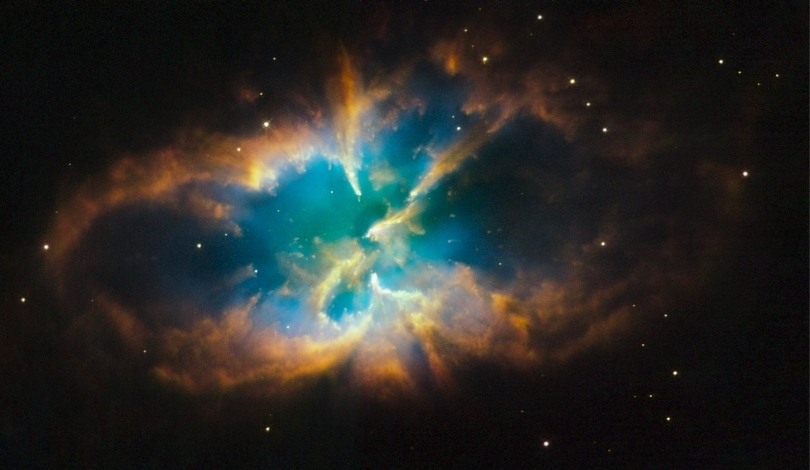Astronomers have made a significant discovery concerning the atmosphere of PDS 70b, a young exoplanet currently forming around a distant star. This finding challenges previous theories about planet formation and suggests a more complex relationship between young planets and the protoplanetary disks from which they emerge. The study provides new insights into the composition dynamics of planetary atmospheres during their formative years.
Past research has largely assumed that a planet’s atmospheric composition mirrors that of its surrounding disk. However, recent studies indicate that this relationship might not be as straightforward. The latest observations of PDS 70b present evidence that contradicts this assumption, paving the way for a reassessment of established planetary formation models.
How Does PDS 70b Differ from Its Protoplanetary Disk?
Utilizing the Keck Planet Imager and Characterizer (KPIC) at the W.M. Keck Observatory, researchers obtained spectral data from PDS 70b. This exoplanet, orbiting a young star approximately 366 light-years away, displayed a carbon-to-oxygen ratio significantly lower than that of its natal protoplanetary disk.
What Implications Do These Findings Have for Planet Formation Theories?
“We initially expected the carbon-to-oxygen ratio in the planet might be similar to the disk,” stated Chih-Chun “Dino” Hsu from Northwestern University. “But, instead, we found the carbon, relative to oxygen, in the planet was much lower than the ratio in the disk. That was a bit surprising, and it shows that our widely accepted picture of planet formation was too simplified.”
These results suggest that planets may accrue significant amounts of solid materials, such as ice and dust, during formation, affecting their atmospheric compositions.
What Are the Next Steps in This Research?
The research team plans to analyze spectra from another exoplanet in the system, PDS 70c, to further understand the formation history of these planets. Expanding this study to additional systems will help determine whether the observed discrepancy in carbon-to-oxygen ratios is common in planet formation.
This study marks a shift in planetary science, highlighting the need for more nuanced models that account for both gaseous and solid material accretion during planet formation. By refining these models, scientists can better predict the diversity of planetary atmospheres observed in the galaxy.










